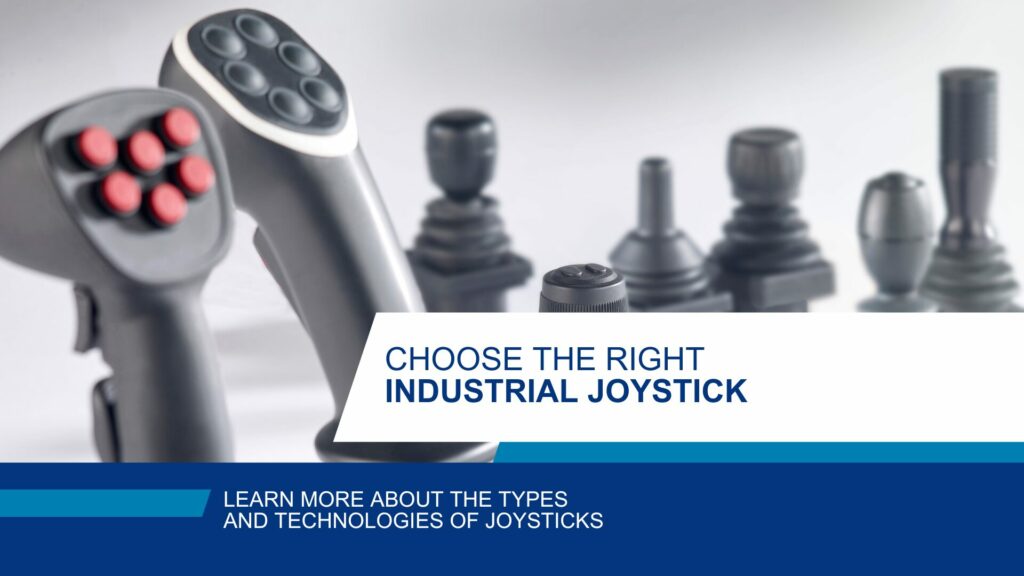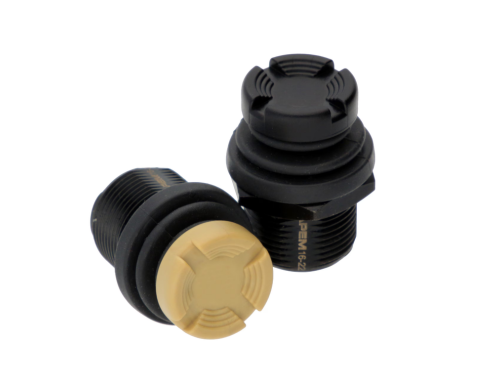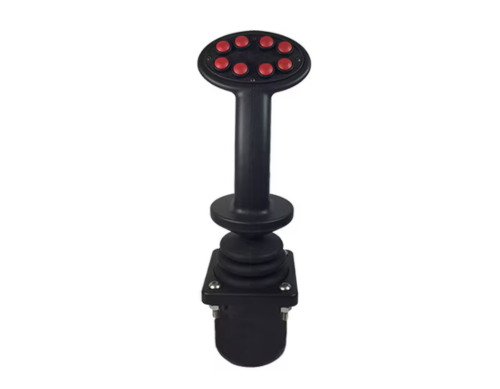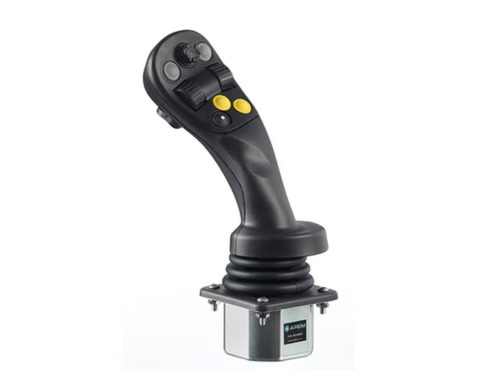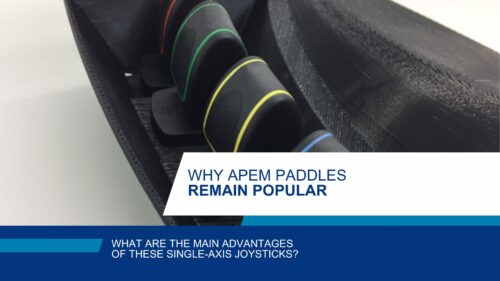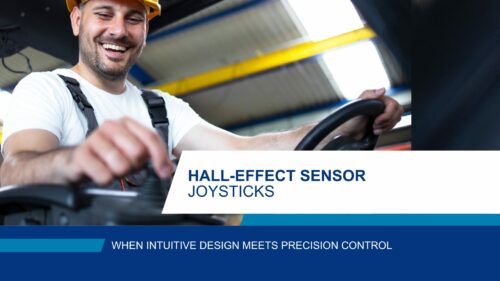A joystick controller provides precision and reliability in controlling machinery. These devices have evolved from basic levers to sophisticated control systems that cater to various sectors, including construction, agriculture, and defense. The first industrial joystick was invented in 1835 by the American Otis. He designed and built steam-powered single-bucket excavator. The operator manipulated the excavator with a control lever. Since then, joysticks have gradually been integrated into heavy machinery and now use sensing technologies.
What are the types of industrial joysticks?
An industrial joystick controller is a device designed for controlling machinery and equipment in industrial environments by converting manual input into electrical signals. These joysticks are essential for heavy-duty applications, offering robust and reliable control. There are different types of joysticks :
- Single-axis joysticks: a single axis joystick controls movement along one direction, either forward/backward or left/right. A single axis controller, often named paddle is a device typically used in applications requiring straightforward and simple directional control.
- Multi-axis joysticks: a multi axis joystick or a multi axis controller offers control across two or more axes, enabling complex movements. They are ideal for applications needing simultaneous control of multiple movements, such as cranes, excavators and robotic arms.

Sensing technologies in joystick controllers

Industrial joysticks use various sensing technologies to translate motion into signals:
- Hall effect joysticks utilize magnetic field detection to measure the position of the joystick handle, providing precise control and durability. The Hall sensor joystick offers longevity and resistance to wear, often lasting over 10 million cycles.
- Resistive joysticks use potentiometers to measure the deflection, changing the voltage output relative to the movement of the lever. This traditional technology, while reliable and tested, uses contacting technology which may wear overtime.
- Inductive joysticks use electrical coils to generate and detect the magnetic field. Moving the lever alters their interaction and therefore modifies the voltage output, image of the position of the lever.
- Photoelectric joysticks use light sensors to detect handle position without physical contact.
What are the main applications for industrial joysticks?
APEM joysticks are mostly used in the following applications:

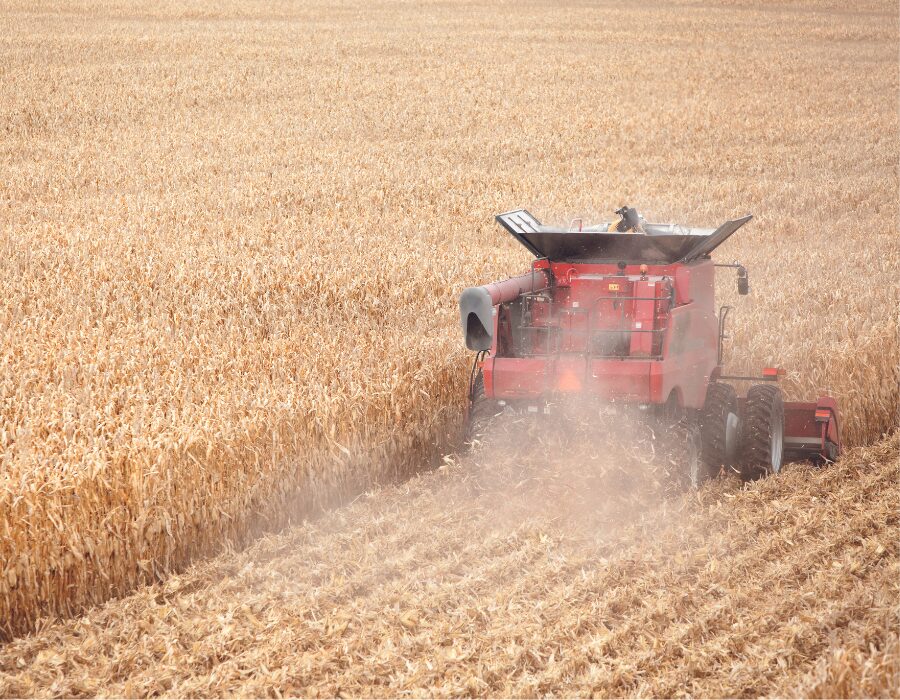
Construction Machinery : Joystick controllers are vital in crane and hoist operations, providing precise control over heavy loads. This precision ensures that the load remains stable and safe.
Agricultural Machinery: In agriculture, joystick control systems are used in tractors and harvesters, facilitating smooth navigation and enhancing productivity.
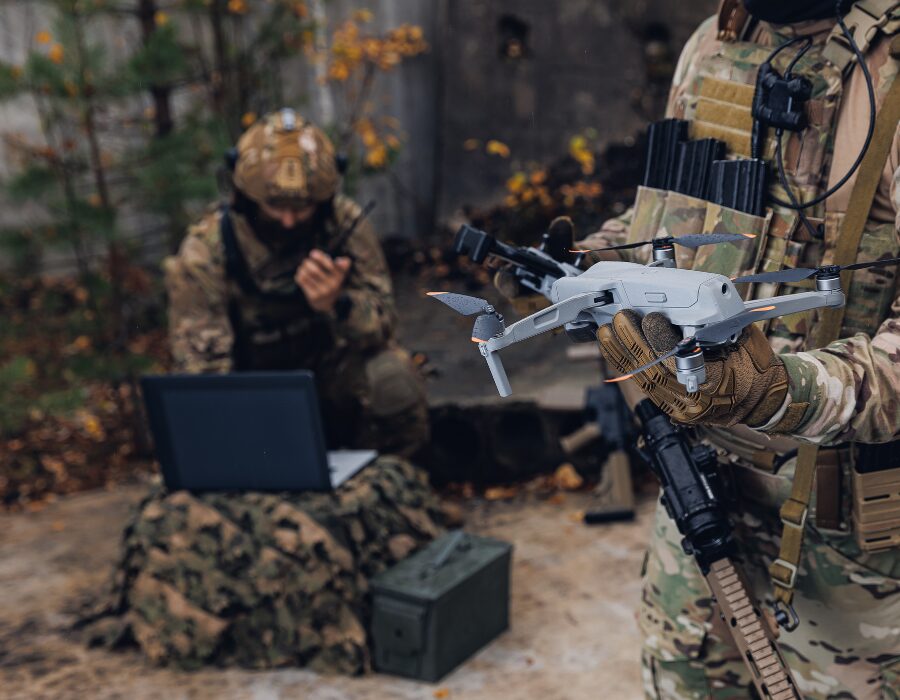

Military and Defense: A controller joystick can be utilized in military applications to control remotely vehicles like UAVs, ensuring reliability under demanding conditions.
Material Handling : Industrial joystick manufacturers like APEM produce joysticks for various material handling equipment, including electric forklifts and other material handling equipment and vehicles.

e-Transportation: The joystick tends to replace the steering wheel in situations where a human needs to take control and drive an autonomous vehicle.
How to choose the right industrial joystick?
Choosing the right industrial joystick depends on several key factors that ensure optimal performance for your specific application. Here’s a breakdown of the critical considerations:

1. Application and environment
- Type of machinery: Identify whether the joystick will be used in construction, agriculture, military, marine, or industrial automation. Different applications may require unique specifications, such as higher precision or ruggedness.
- Operating environment: Determine if the joystick will be exposed to harsh conditions like extreme temperatures, dust, moisture, or chemicals. In such cases, you may need a joystick with a high IP rating or a sealed design..
2. Ergonomics and user comfort
- Design for comfort: For long-duration use, choose a joystick with an ergonomic design that fits naturally in the operator’s hand and reduces fatigue. Some joysticks are optimized for armrest mounting and one-handed control.
- Grip style: Depending on the control requirements, you may need different types of handles (ball grip, multifunctional, or custom grip).
3. Control requirements
- Axes of movement: Decide how many axes the joystick needs to control (2-axis, 3-axis, etc.). For example, 2-axis joysticks might be enough for simple up/down and left/right control, but more complex machinery may require additional axes.
- Proportional vs. On/Off control: Determine if you need proportional control (precise, variable movement) or simple on/off switching. Proportional control joysticks provide finer adjustments, essential for delicate operations.
4. Electrical Specifications
- Output type: Ensure compatibility with the machinery’s control system. Joysticks offer various output signals such as analog, PWM, or CANbus communication.
- Current and voltage requirements: Select a joystick that meets the voltage and current requirements of the system to avoid electrical failures.
5. Durability and life expectancy
- Mechanical endurance: Consider the number of cycles the joystick can withstand, especially in high-duty environments. Hall effect joysticks offer superior longevity, making them the best in their class.
- Sealing of industrial joysticks: Industrial joysticks are built for harsh conditions, boasting up to 20 million operating cycles and IP67 protection, which ensures complete dust resistance and water immersion safety. They are engineered to function in extreme temperatures and resist EMI and RFI, with most APEM models being IP67 sealed for tough environments.
- Material quality: Look for rugged construction materials like metal or reinforced plastics, particularly for heavy-duty applications.
6. Customization and additional features
- Multifunctional inputs: APEM joysticks allow for integration of buttons and switches for additional functions. Our joysticks offer customizable options to suit complex controls.
- Customization: Some applications may require custom labeling, specific handle designs, or unique functions that are not standard. Talk to your APEM representative, who will be able to advise you and help you make the right choice.
Discover the various ranges of APEM industrial joysticks
Thumb Controls : Ideal when space is limited. They offer the possibility to control multiple functions with one finger. They use Hall effect technology. These ergonomic joysticks come with illumination options to ensure visibility in low-light environments. The most popular thumb controls are NV series and CW series
Fingertip proportional : mostly utilized for precise navigation. These compact joysticks using contactless Hall effect technology have options for single to three-axis control. You can find among fingertip proportional joysticks our BF BD series and HF series.
Fingertip switch : very customizable joysticks. They provide compact and responsive control solutions for precise command control in industrial applications with limited space. The use of these joystick controllers is versatile due to the possibility of multi-axis configurations. (NZ series, 1000 series)
Mid-size Hall Effect : They are suitable for small, robust, and compact applications. The XP series is the most popular one.
Handgrip Hall effect : These joysticks are ergonomically designed for armrest integration and one-handed operation, enabling multiple functions to be controlled within a compact space.
USB Desktop : Dedicated to indoor use, the USB joystick controller is primarily used for camera control in network video surveillance. They have easy integration through the USB interface.
Trackballs : Looking for a robust cursor control solution to replace a computer mouse? Then our trackballs are for you.
